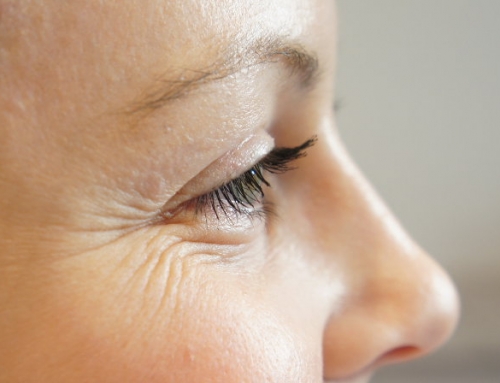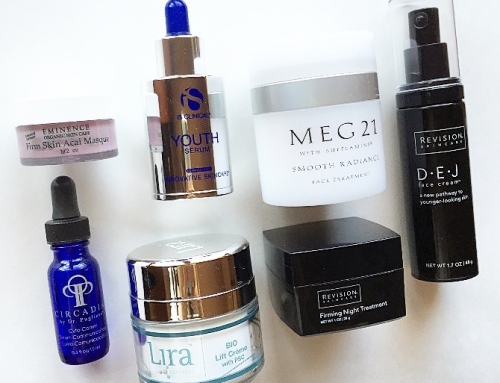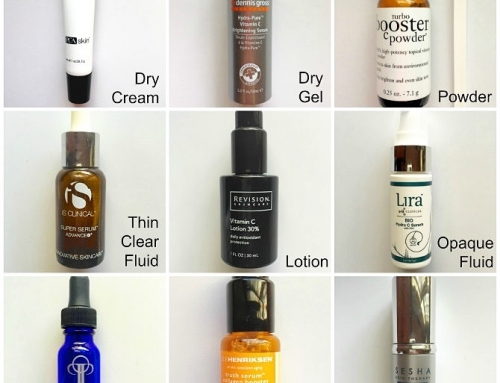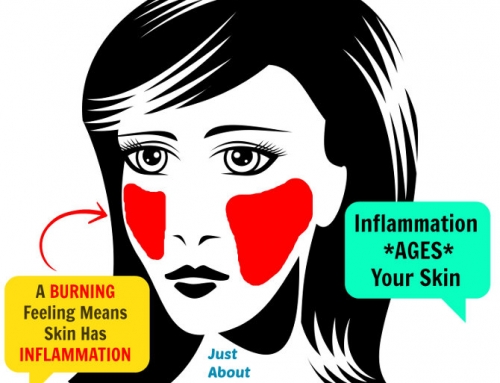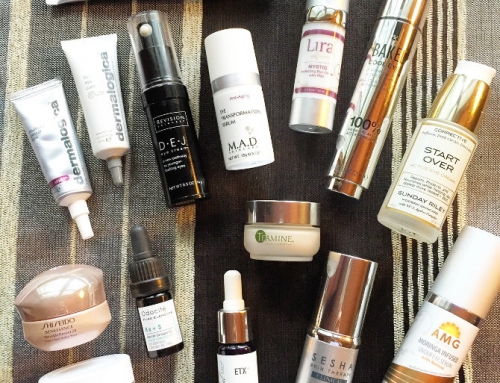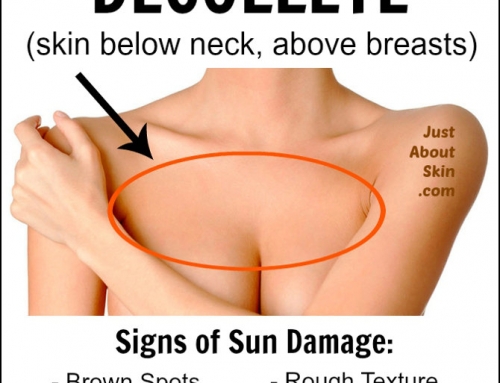This week, I’d like to return to the topic of aging and introduce more advanced anti-aging strategies.
By now you know what an antioxidant is. But did you know there are 2 types of antioxidants? They are Direct and Indirect antioxidants.
Direct antioxidants are the ones you are familiar with – vitamins and minerals that you typically consume from food or supplements, or apply topically to skin. They neutralize free radicals by binding directly to a free radical.
Indirect antioxidants work in a different way, and they are more effective at age-fighting than direct antioxidants. That’s today’s topic.
Indirect Antioxidants
Indirect antioxidants play several important roles in the body’s internal defense system.
3 Roles of Indirect Antioxidants:
1. They activate detox enzymes (Phase II enzymes)
2. They recycle Direct Antioxidants
3. They help cells produce Antioxidant Enzymes
More on each of these roles below.
Role #1 – Activating Phase II Enzymes
Phase II enzymes are your body’s detoxifying enzymes. They clean up your cells by identifying toxins and turning them into cellular garbage, which is then carried away.
==> Indirect Antioxidants increase the activity of these detox enzymes.
Role #2 – Recycling Direct Antioxidants
A Direct Antioxidant binds directly (physically) to a free radical. That’s how it neutralizes the radical.
The downside is, after some time, it loses its capacity to neutralize another radical. In some cases, it loses it right after neutralizing one free radical (e.g. Vitamin E).
==> Indirect Antioxidants recycle direct antioxidants, enabling a direct antioxidant to go back to neutralizing another free radical.
Examples:
- Vitamin C regenerates Vitamin E
- Glutathione regenerates Vitamin E and other antioxidants
Notice that Vitamin C is both a direct AND indirect antioxidant. When you apply it to skin, it acts like a direct antioxidant. When it regenerates Vitamin E, it acts like an indirect antioxidant.
This is common. Many antioxidants perform more than one function.
Role #3 – Producing Antioxidant Enzymes
Antioxidant Enzymes are the body’s natural antioxidants. These enzymes are made in the cell when they are needed. For example, when cells are experiencing oxidative stress.
They are the most effective types of antioxidants.
Examples:
- Superoxide Dismutase
- Catalase
- Glutathione Peroxidase
==> Indirect Antioxidants provide the amino acids and minerals needed by cells to make these Antioxidant Enzymes.
Differences Between Direct and Indirect Antioxidants
1. Direct Antioxidants bind directly to a free radical. Indirect Antioxidants do not. Instead, Indirect Antioxidants boost the body’s natural antioxidant enzymes.
2. Direct Antioxidants have a limited lifespan. They lose their capacity to neutralize free radicals. Indirect Antioxidants continue to boost their antioxidant activity for a long time.
3. Direct Antioxidants become free radicals after they’ve neutralized a free radical. Consequently, they can cause DNA damage. Indirect Antioxidants do not become free radicals, and therefore do not inflict DNA damage..
Because they provide long-lasting antioxidant activity and do not inflict genetic damage, Indirect Antioxidants are more effective than Direct Antioxidants.
Examples of Indirect Antioxidants
- Sulforaphanes (found in cruciferous vegetables like broccoli and cabbage)
- Ellagic acid (found in fiber-rich seeds like berries)
- EGCG (found in tea)
- Curcumin (found in turmeric and curry)
- Resveratrol (found in grapes)
- Glutathione (synthesized by the body)
Easiest way to get these indirect antioxidants into skin? Eat foods rich in these compounds!
In the next 2 blog posts, I’ll go over Phase II Enzymes and Antioxidant Enzymes in more detail.
Related Articles:



